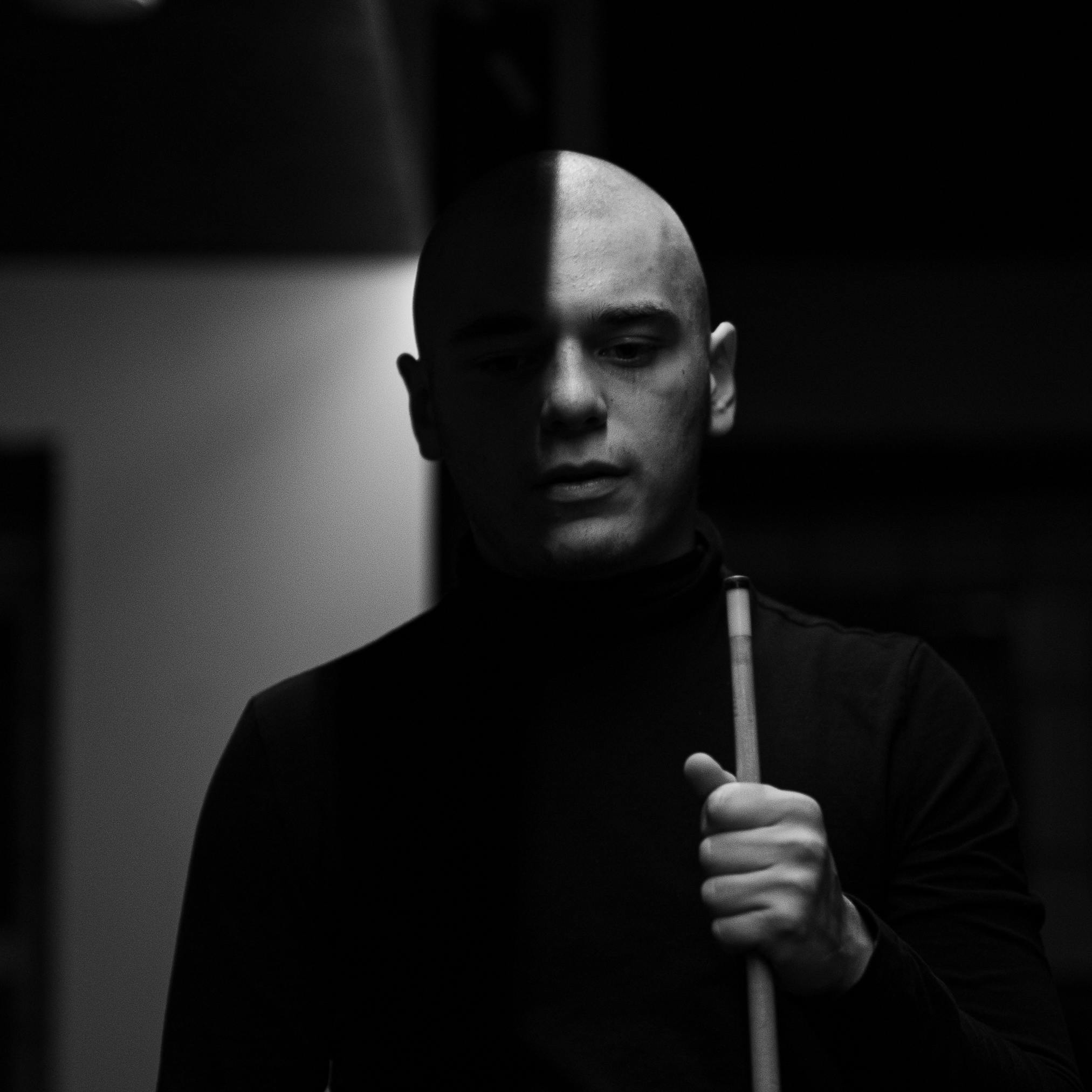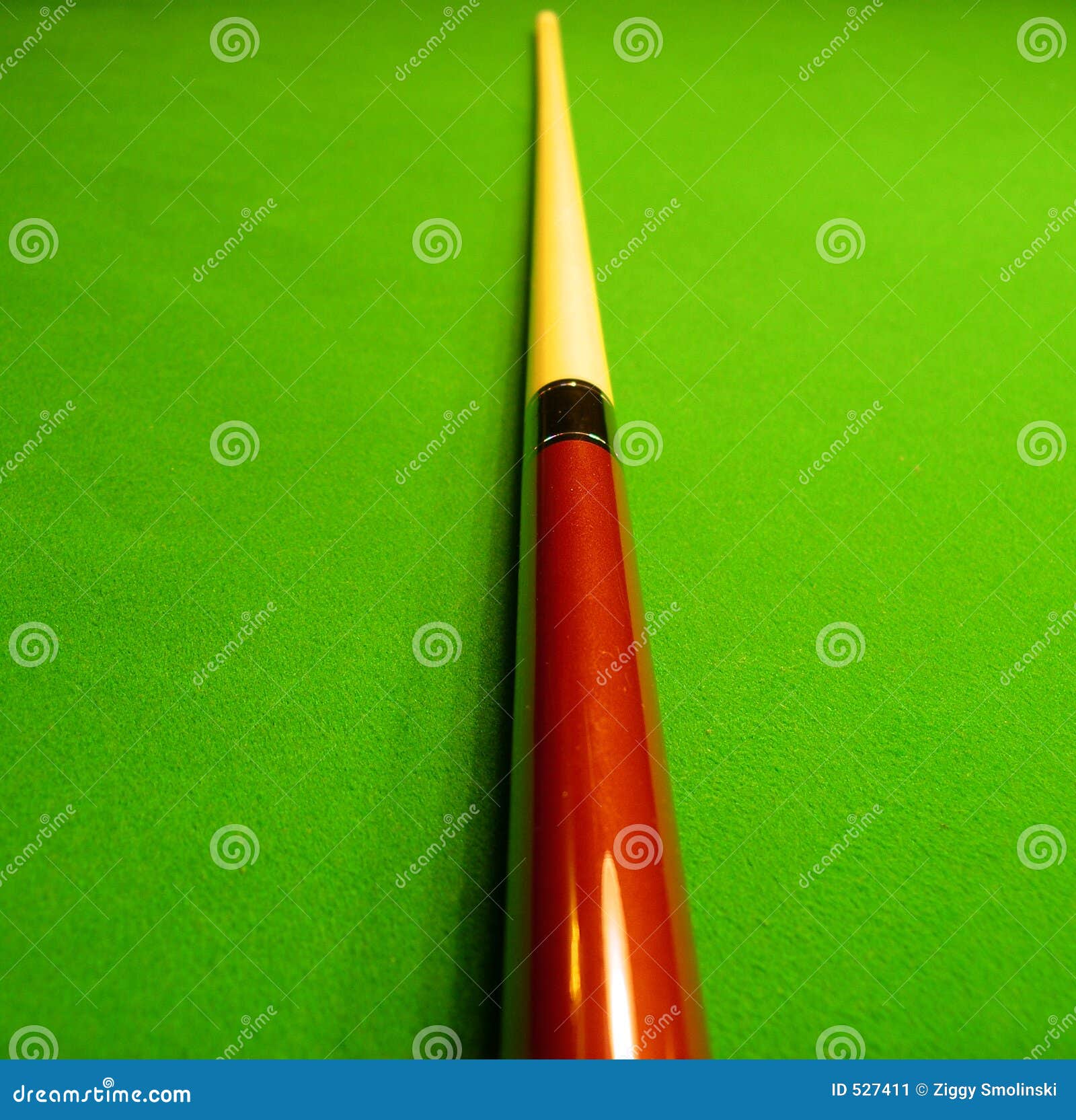Pool Stick Guide: Everything You Need To Know About Mastering The Cue
Alright folks, let’s dive right into the world of pool sticks because if you’re here, chances are you’re either a newbie or someone looking to up their game. Pool sticks, also known as cues, are not just pieces of wood—they’re your trusty companions in the world of billiards. Whether you’re shooting for fun or aiming for that championship title, having the right pool stick is crucial. So, let’s break it down and get you set up for success.
Now, I know what you’re thinking—how hard can it be to pick a pool stick? Well, my friend, there’s a lot more to it than you might think. From the weight and length to the material and tip, every little detail plays a role in how well you play. So, buckle up because we’re about to cover everything you need to know about pool sticks.
Whether you’re a casual player or someone looking to take their game to the next level, this guide is here to help. We’ll cover everything from the basics to the more advanced stuff, so you’ll leave here feeling like a pro—or at least ready to impress your friends at the local bar. Let’s get started!
- Zach Roerig The Rising Star Who Stole Hearts In Hollywood
- Hindi Dubbed Movies Download Your Ultimate Guide To Bollywood In A New Flavor
Here's a quick overview of what we'll cover:
- Biography of the Perfect Pool Stick
- Choosing the Right Pool Stick
- Materials That Matter
- Weights and Balances
- Tips and Tricks for the Cue Tip
- Maintaining Your Pool Stick
- Common Mistakes to Avoid
- Customizing Your Cue
- Top Brands to Consider
- Conclusion and Final Thoughts
Biography of the Perfect Pool Stick
Before we jump into the nitty-gritty, let’s talk about what makes a pool stick tick. A good pool stick isn’t just about looks—it’s about performance. The perfect cue combines balance, weight, and material to give you the control you need to sink those shots.
Key Features of a High-Quality Pool Stick
Let’s break it down:
- Lyn May The Iconic Life And Career Of A Legendary Performer
- 5movierulz Kannada The Ultimate Guide To Unlocking The Hidden World Of Movies
- Balance: A well-balanced stick ensures you can control your shots without straining your arm.
- Material: Whether it’s wood, carbon fiber, or a hybrid, the material affects how the stick feels and performs.
- Weight: Different weights suit different players, so finding the right one is key.
- Tips: The tip is where the magic happens, so choosing the right one can make or break your game.
Choosing the Right Pool Stick
Picking the right pool stick is like finding the right pair of shoes—it’s personal. What works for one player might not work for another. Here’s how to find the perfect match:
First off, consider your skill level. Are you a beginner, intermediate, or advanced player? Beginners might want something lightweight and easy to handle, while pros might prefer a heavier stick for more power. Also, think about how often you play. If you’re a casual player, you might not need the top-of-the-line cue, but if you’re serious about the game, investing in a quality stick is worth it.
Factors to Consider
- Weight: Most cues range from 18 to 21 ounces. Experiment with different weights to see what feels best.
- Length: Standard cues are 57-58 inches, but taller players might need a longer stick.
- Material: Wood is classic, but carbon fiber offers durability and consistency.
Materials That Matter
When it comes to materials, you’ve got options. Traditional cues are made from wood, usually maple or ash, because these woods are dense and stable. However, modern cues often incorporate carbon fiber or fiberglass for added strength and consistency.
Wood cues have a certain charm and feel, but they can warp over time if not properly cared for. Carbon fiber cues, on the other hand, are nearly indestructible and maintain their performance no matter the conditions. So, what’s the best choice? It depends on your preferences and budget.
Pros and Cons of Different Materials
- Wood: Classic feel, great for traditionalists, but requires maintenance.
- Carbon Fiber: Durable and consistent, but can be pricey.
- Hybrid: Combines the best of both worlds, offering a balance of feel and durability.
Weights and Balances
Weight is a big deal in pool sticks. Too light, and you might struggle with power. Too heavy, and you’ll tire out quickly. Most players prefer cues in the 19-20 ounce range, but it’s all about finding what feels right for you.
Balancing the stick is equally important. A well-balanced cue allows for smooth, controlled strokes. If the stick feels too front-heavy or back-heavy, it can throw off your aim. Some cues come with adjustable weights, which can be a game-changer for players who want to tweak their stick’s balance.
How to Test the Balance
Here’s a simple trick: hold the cue at the balance point with your fingers. If it feels stable and doesn’t tip, you’ve got a winner. If it wobbles or feels off, it might not be the right stick for you.
Tips and Tricks for the Cue Tip
The tip is where the rubber meets the road—or in this case, where the cue meets the ball. Choosing the right tip can make a huge difference in your game. Most tips are made from leather, but there are variations in hardness and texture.
Soft tips offer more spin and control, while hard tips provide more power and accuracy. Again, it’s all about finding the right balance for your playing style. Some players even swap out tips depending on the game they’re playing, so don’t be afraid to experiment.
Pro Tip: Maintaining Your Cue Tip
Regularly check your tip for wear and tear. If it’s too flat or uneven, it can affect your shots. Use a tip tool to shape it back into form, and consider re-tipping if it’s beyond repair. Trust me, it’s worth the investment.
Maintaining Your Pool Stick
Taking care of your pool stick is crucial for keeping it in top condition. Here are some tips to help you keep your cue in pristine shape:
- Store it properly: Use a cue case to protect it from dust and damage.
- Avoid moisture: Wood cues can warp if exposed to too much humidity, so keep it in a dry place.
- Check the joint: Make sure the joint is tight and clean to prevent any issues.
Regular maintenance might seem like a hassle, but it’ll save you money in the long run and keep your stick performing at its best.
Common Mistakes to Avoid
Even the best players make mistakes when it comes to pool sticks. Here are a few to watch out for:
- Buying a cheap stick: Cheap cues can break easily and affect your game. Invest in quality from the start.
- Ignoring maintenance: Neglecting your stick can lead to warping, cracking, or other issues that could have been avoided.
- Not testing before buying: Always try out a cue before you buy it. What looks good on paper might not feel right in your hands.
Remember, your pool stick is an extension of you on the table. Treat it right, and it’ll treat you right.
Customizing Your Cue
Personalizing your pool stick can add a touch of flair to your game. From custom engravings to unique designs, there are plenty of ways to make your cue stand out. Some players even go so far as to customize the weight and balance to suit their specific needs.
Custom cues can be a bit more expensive, but they offer a level of personalization that standard cues can’t match. Plus, it’s always fun to have a cue that reflects your personality and style.
Top Brands to Consider
When it comes to pool sticks, there are plenty of great brands to choose from. Here are a few worth checking out:
- Schacht: Known for their high-quality wood cues, Schacht is a favorite among professionals.
- McDermott: Offers a wide range of custom cues with stunning designs and top-notch performance.
- Mezz: Combines traditional craftsmanship with modern innovation for a unique playing experience.
Do your research and read reviews to find the brand that best fits your needs and budget.
Conclusion and Final Thoughts
So, there you have it—everything you need to know about pool sticks. From choosing the right material and weight to maintaining and customizing your cue, there’s a lot to consider. But remember, the most important thing is finding a stick that feels right for you.
Take the time to test different cues, experiment with tips, and don’t be afraid to ask for advice from more experienced players. And most importantly, have fun! Pool is a game after all, and having the right stick can make all the difference.
So, what are you waiting for? Head out there, find your perfect pool stick, and start sinking those shots. And don’t forget to share your thoughts in the comments below or check out our other articles for more tips and tricks. Happy shooting, folks!
- Hindi Dubbed Movies Download Your Ultimate Guide To Bollywood In A New Flavor
- 5 Movierulz Kannada 2025 Your Ultimate Guide To The Latest Movie Scene

Pool Stick Photos, Download The BEST Free Pool Stick Stock Photos & HD

Pool Cue Stick/Billiards Cue Stick, Pool Stick 58 Set Of

Pool stick on a pool table stock image. Image of shadow 527411